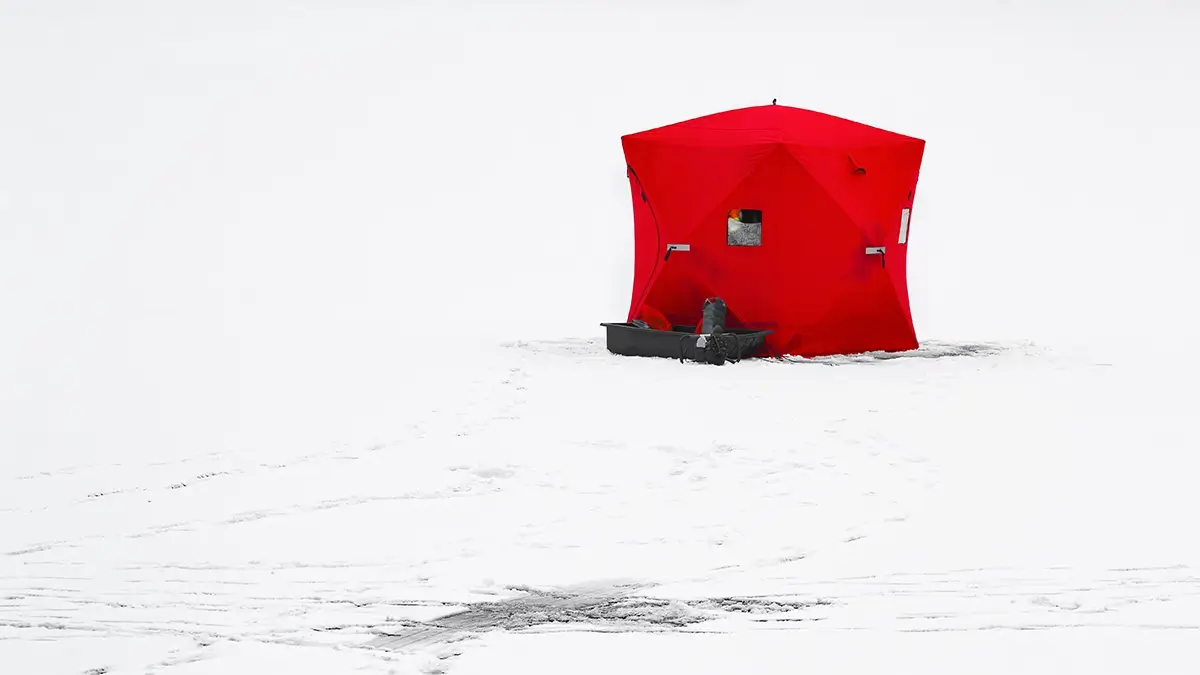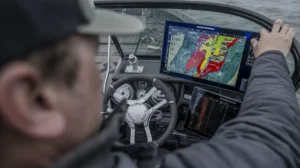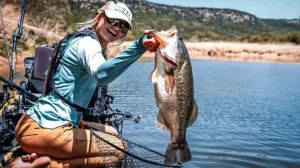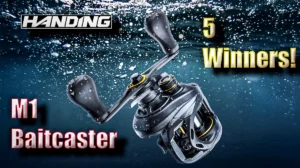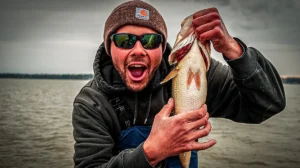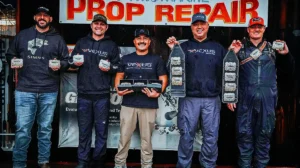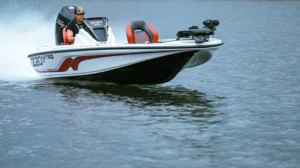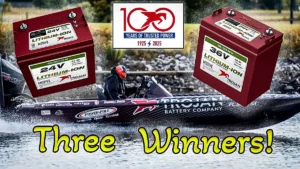Ice fishing is a great way to spend time outdoors. There’s just something about pulling fish up through a hole in the ice, using tip ups or jigging rods. And while it is an overwhelmingly safe activity, there are some hazards you need to look out for beyond making sure the ice is safe.
That said, first and foremost, of course, don’t fall through the ice. This has become more of an issue for ice anglers in recent years, as warming temperatures have had a negative effect on the overall quality of ice. You can generally maintain safety on the ice by drilling a number of test holes, keeping your eyes and ears open for cracking ice, and following a few simple guidelines that will help ensure your outing is safe and fun.
Another possible hazard doesn’t involve the ice itself, but a common piece of gear anglers use to keep warm inside an ice fishing shelter. Recently, a pair of anglers fishing on Crow Lake in northern Alberta were found dead on the ice on Feb. 15; authorities believe the cause was carbon monoxide poisoning from a portable propane-powered heater. The two men were found inside their portable ice fishing shelter after a concerned family member alerted the Royal Canadian Mounted Police when one of the men failed to answer his phone.
First responders, including Fort McMurray Fish and Wildlife officers, fire and emergency medical services workers from Lac La Biche, and police from Boyle investigated the call in the remote area approximately 191 miles north of Edmonton. They found the two anglers around 4 p.m. While the results of autopsies and the investigation are forthcoming, authorities are fairly certain carbon monoxide build-up in their shelter was the culprit.
Heater Safety
Remember, carbon monoxide is an odorless, colorless gas, which is what makes it so dangerous.
Modern propane heaters are very safe, but whenever you have an open flame inside an enclosed space, you run the risk of carbon monoxide poisoning. Many models have safety devices that are supposed to shut them off when the oxygen content gets below a certain point, but you shouldn’t rely on these. Make sure you have plenty of airflow in whatever shelter you’re using, crack a window or the like. The new breed of portable shelters do a really good job of keeping drafts out — and that means they also keep everything else in.
You can also consider a diesel heater, which keep the combustion part outside of the shelter, and pump hot air in using a hose. Some models can be had for less than $100, and have quickly gained popularity with ice anglers, truck campers, and others that spend the night outdoors in cold temperatures.
You can also buy a portable, fairly rugged, carbon monoxide detector that you can hang in your shelter — they run about $30.
Early signs of carbon monoxide poisoning include dizziness, drowsiness, and headaches — get outside to fresh air if you experience any of these. And if you feel sleepy, short of breath, nausea or vomit, seek professional help.


